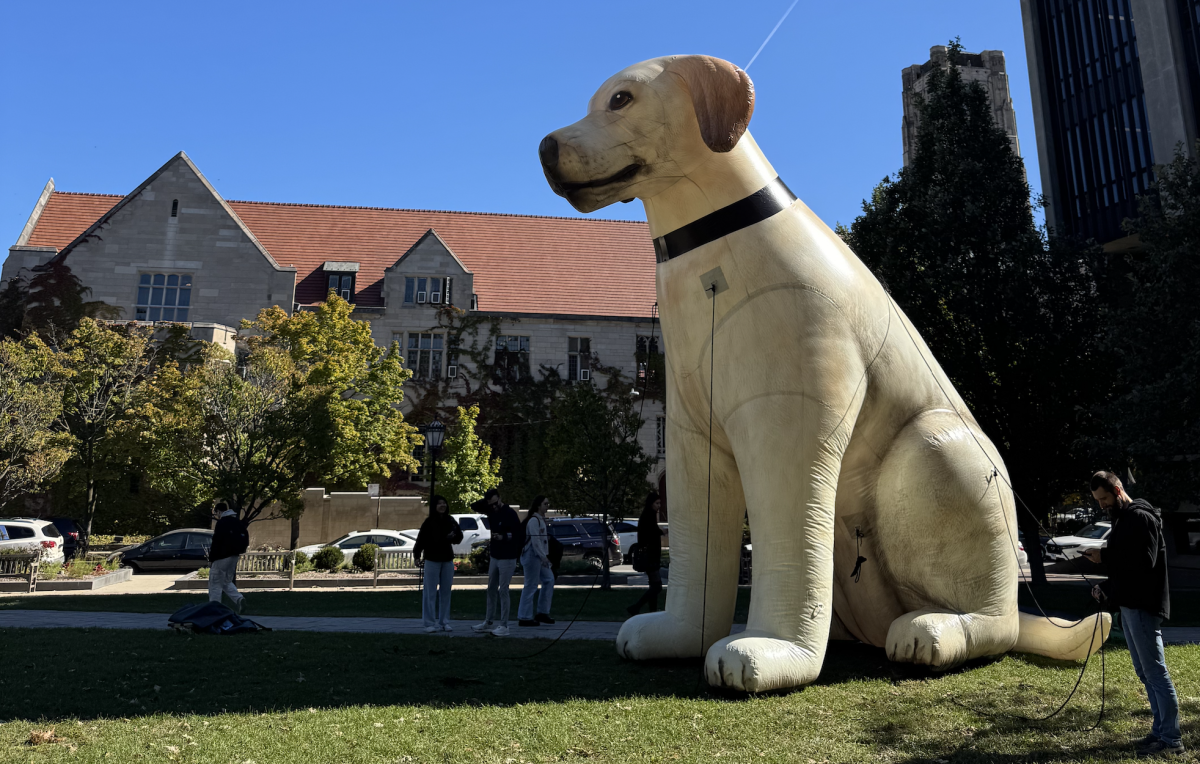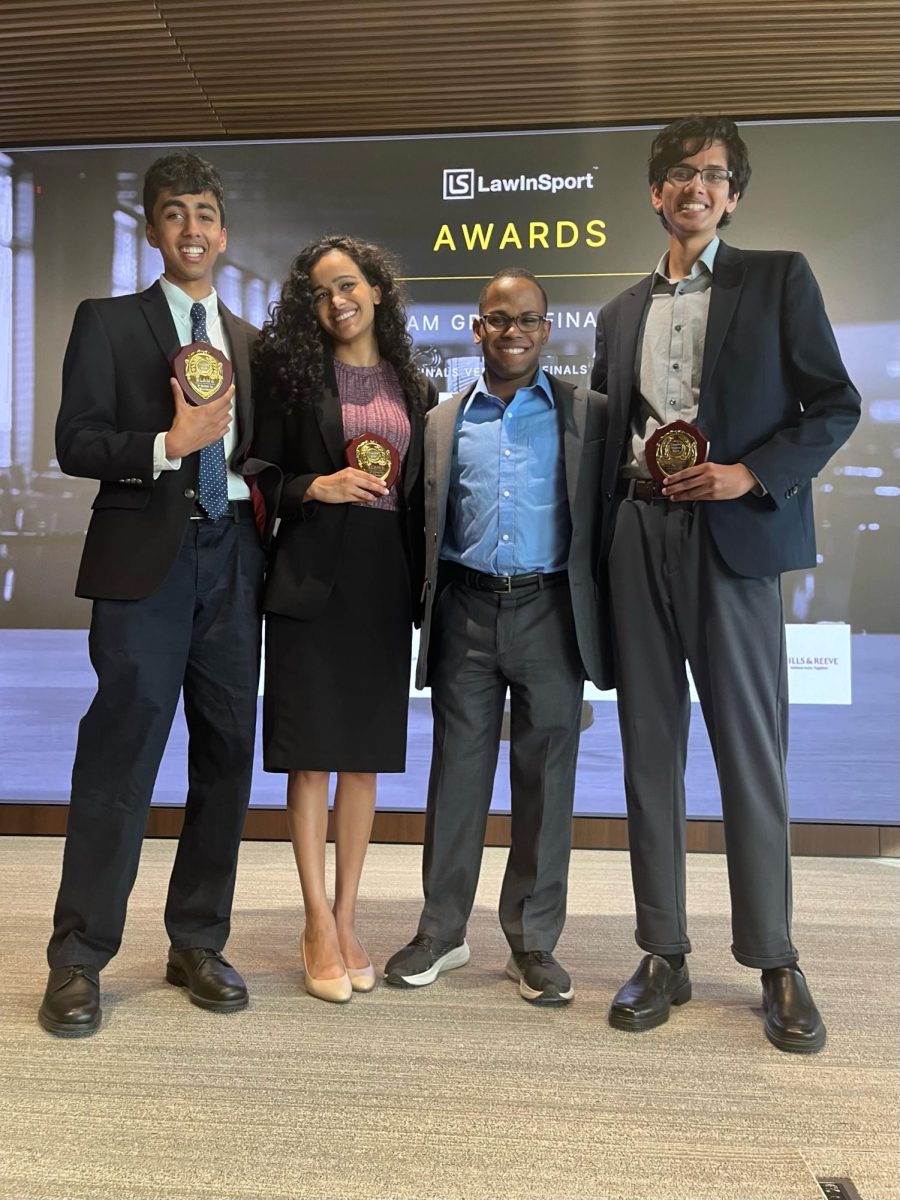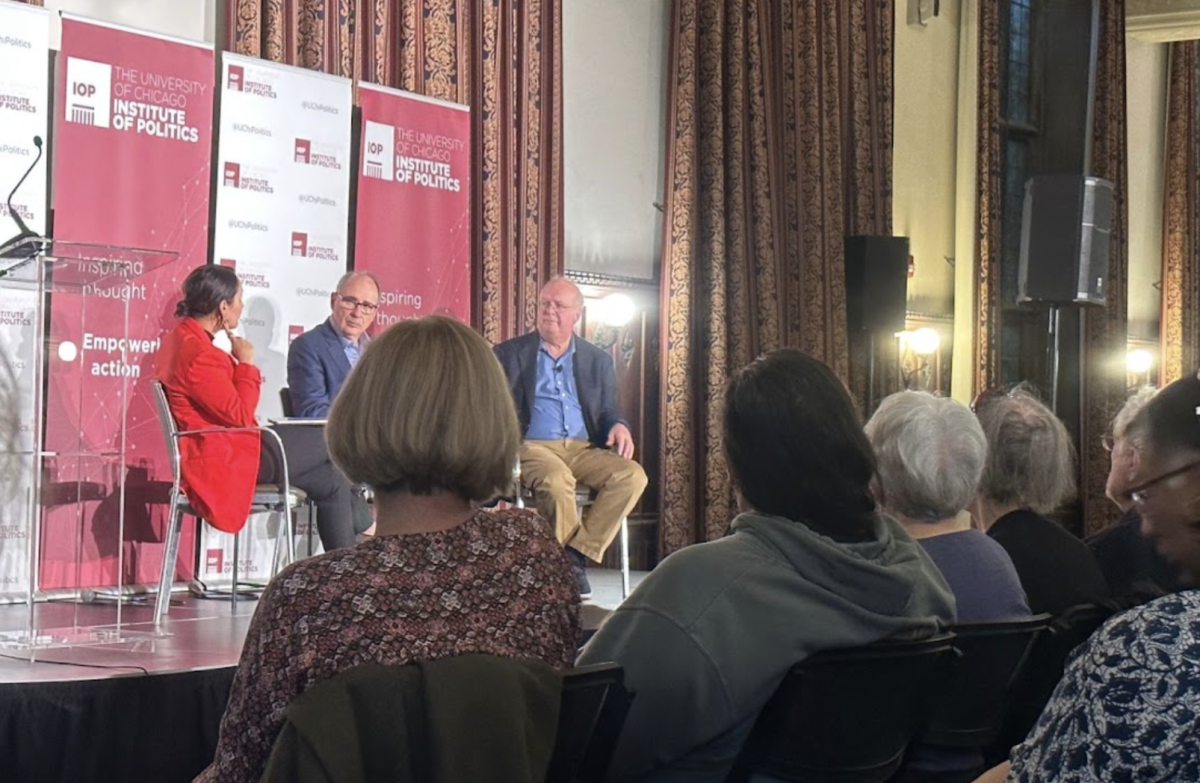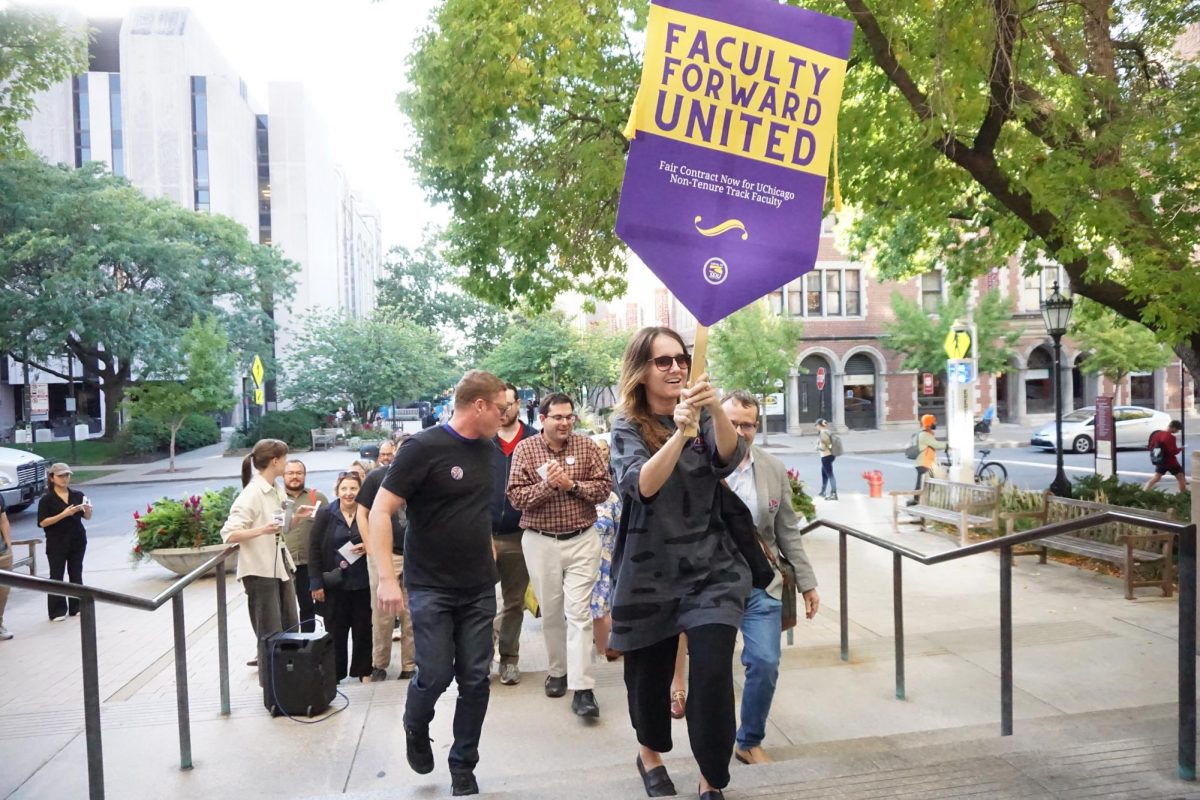Following an east coast trend of closer faculty–student interaction, South Shore High School in nearby South Shore is experimenting with a new system of schooling.
“With small high schools, research shows that kids are less likely to drop out and more likely to graduate,” said William Gerstein, current principal of the Small School of Entrepreneurship at South Shore.
The School of Entrepreneurship is one of three small schools that have transformed teaching and learning in the south building of South Shore High. While the north building has retained the traditional style of organization, the administration within the south building has been downsized. The small schools of Leadership and of the Arts complement the School of Entrepreneurship to make up the small school initiative.
South Shore High School was one of three original Chicago public schools to receive part of a $1.5 million Joyce grant in 2002, said Art School principal Doug Maclin. Other schools receiving aid were Bowen and Orr High Schools, and plans are currently underway to convert as many as two more Chicago high schools along the same design.
Gerstein attributed much of the success of the small school initiative to the individual teachers themselves, praising the efforts of many within the school, including math teacher Charlotte Waterford of the Leadership School.
“[Waterford] has her kids work in groups to solve problems,” Gerstein said. “They know how to deal with kids through organization and leadership. Through greater teacher autonomy, the teachers are involved in creating the school, so they won’t put up with rowdiness or disorganization.”
Waterford said she brings her bubbly personality and enthusiasm to each class session. “I’d have to be sick not to come into class with the same attitude every day,” she said. “If you come in with a rum-drum attitude, that’s how they’re going to act.”
Waterford, who has been teaching since 1974, believes that the successful teachers of today are the ones who participate enthusiastically.
“Everyone is getting the message that you’ve got to be more active and got to move around,” she said. “If they see you relaxing, it’ll go up for grabs. That’s why I get a little loud, to let them know who’s in authority.”
Leadership School principal James Patrick said the extra individual attention students receive from teachers and administrators is extremely helpful in providing a more caring environment.
“Teachers in the small schools have been better able to tailor their teaching to the kids’ needs,” he said. “In the Leadership School we have been working with the Marshall Foundation in implementing our plans. We are also working with professors from Chicago State, adding political science and political justice to our curriculum.”
The Marshall Foundation was instrumental in persuading Chicago area schools to consider implementing a Junior ROTC program through the small schools approach. Their efforts eventually culminated in an $18.2 million grant from local contributors, including the Bill and Melinda Gates Foundation. The JROTC forms part of the backbone of the Leadership School.
Gerstein said that the application process to the small schools is largely self-selective. Students attending the traditional school in the north building are required to submit an essay detailing their reasons for wanting to attend one of the schools. The decision as to whether an applicant is admitted is dictated by their interest and the available space.
Students in the School of Entrepreneurship complete a business proposal during their junior and senior years. Some students are also enrolled in Upward Bound courses at the University of Chicago to complement their current high school courses.
Donald, a freshman at the School who is enrolled in the Upward Bound program, said that he has been able to make a lot of connections between classroom activities and what he does with Upward Bound.
“Eventually I want to be a doctor. That’s my goal,” Donald said. “As far as the business proposal for senior year goes, though, I don’t yet know what I’m going to be doing.”
Waterford emphasized the importance of seeing the teachers not only as authority, but as friends and counselors as well. She said the small school system helps to foster that relationship.
“I see a lot of my students during the weekends and it gives them the opportunity to see the teacher as a normal human being,” she said. “They’re just like ‘oh, you go to the store?’ and I’ll say ‘yeah, don’t you? I’m here to shop, aren’t you?'”
She said the kids need to see her in a different light. Waterford leaves herself open before school and after school to whatever they may need.
“Some kids have special needs,” she said. “Kids come to my classroom with a lot of baggage: a lot of single parent group homes, a lot of children who are parents. These kids could care less about learning angles in geometry class.”








